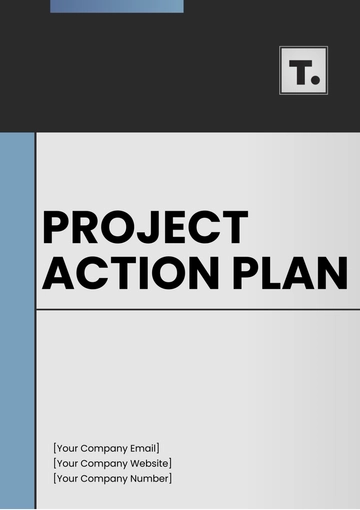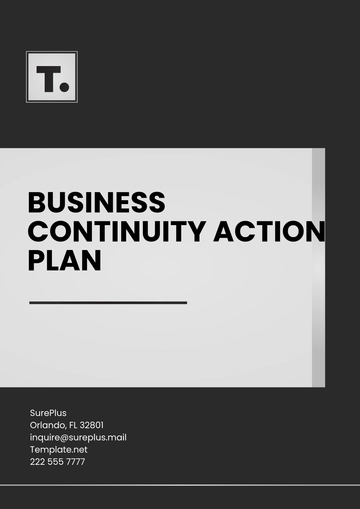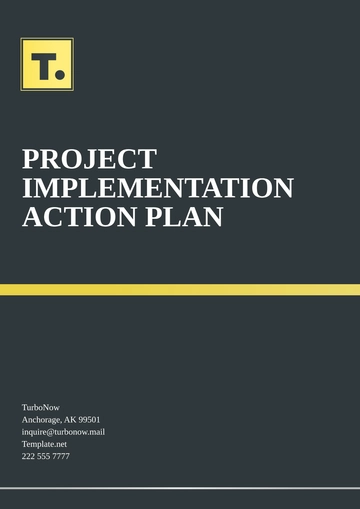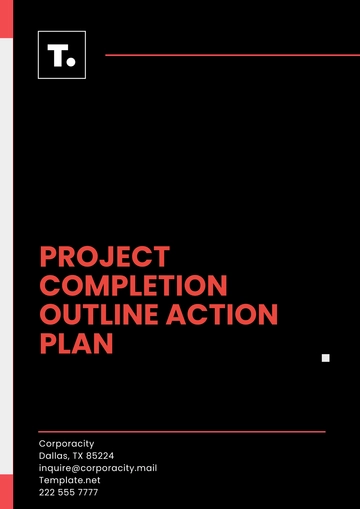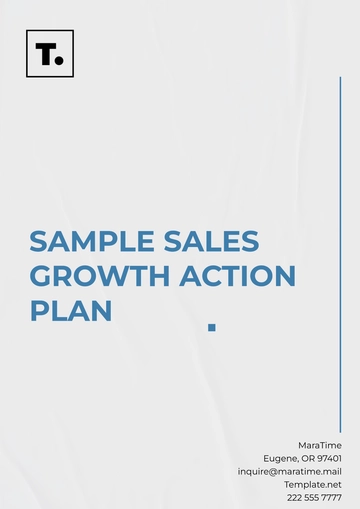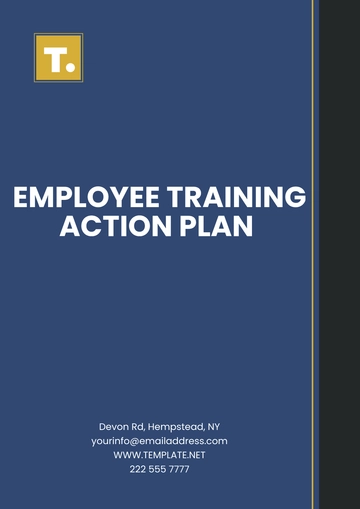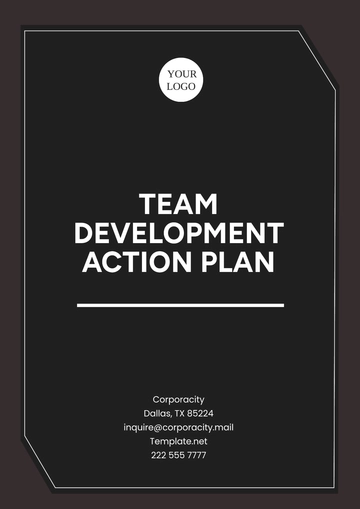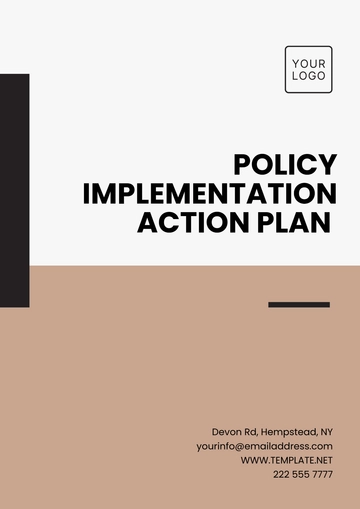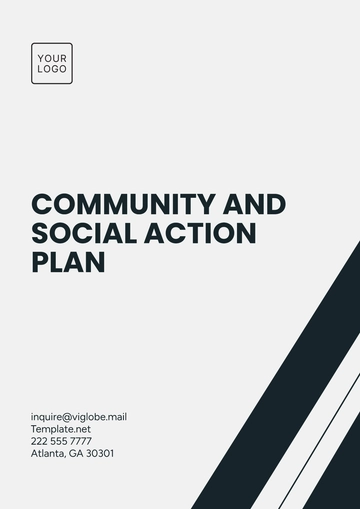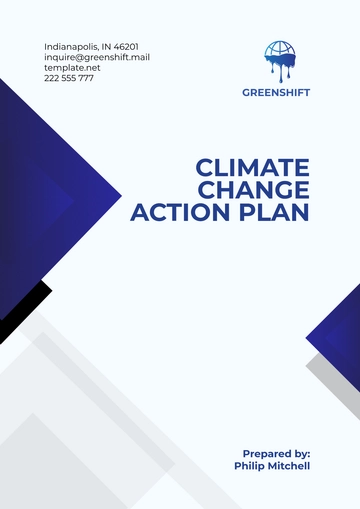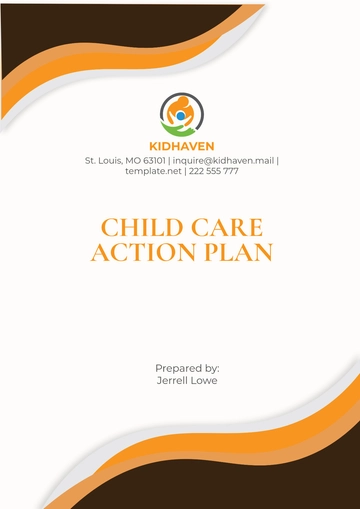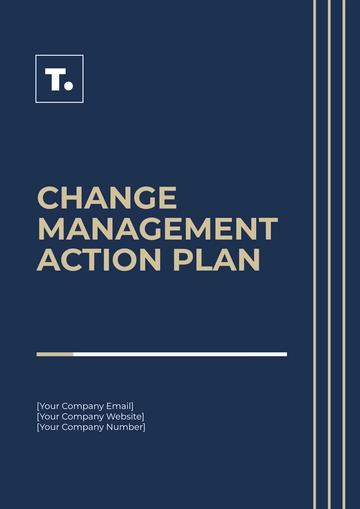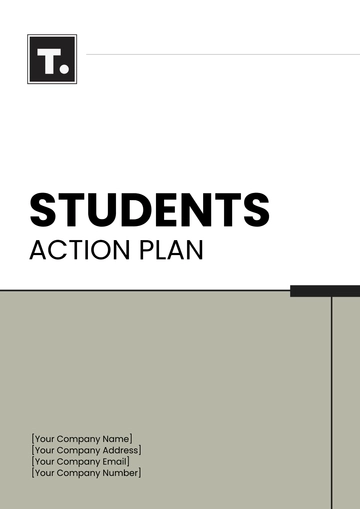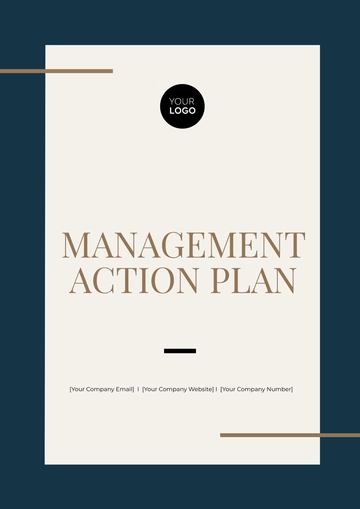Free Document on Strategies for Positive Customer Experience Post-Sale
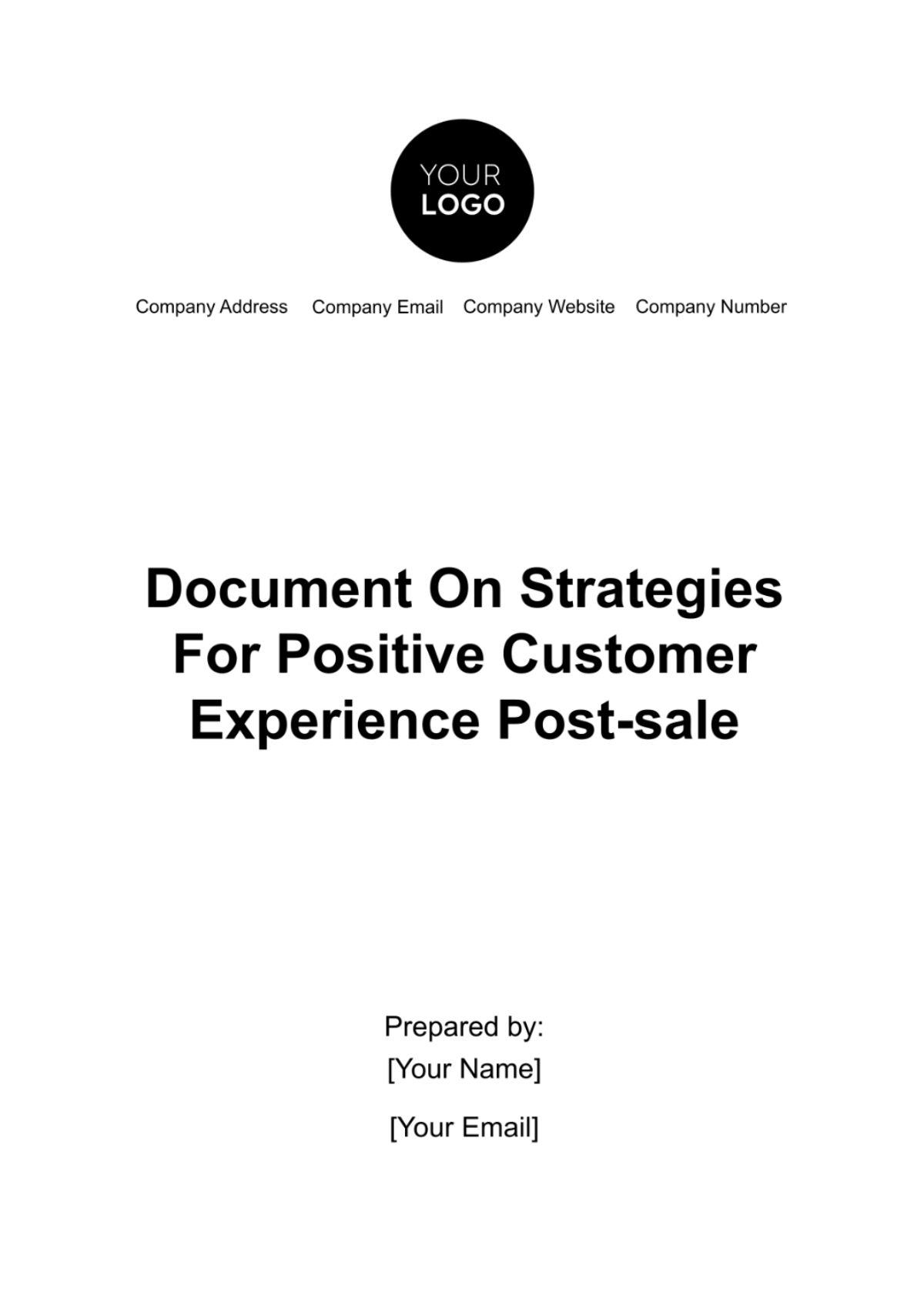
I. Introduction
Welcome to the Customer Experience Post-Sale Strategies Guide for [Your Company Name]. In this comprehensive document, we delve into the intricacies of fostering exceptional customer interactions after a sale. Our commitment extends beyond the transaction—it thrives in the post-sale phase.
A. Purpose
The purpose of our post-sale engagement strategy is multifaceted:
Customer Satisfaction and Retention: At [Your Company Name], we recognize that the true measure of success lies not only in acquiring new customers but also in nurturing existing relationships. We aim to delight our customers beyond the initial purchase. Happy customers are more likely to remain loyal and make repeat purchases. By addressing their needs post-sale, we build trust and foster lasting relationships.
Feedback and Continuous Improvement: Engaging with customers after the sale allows us to gather valuable feedback. We learn what worked well, what could be improved, and any pain points they encountered. This feedback informs our product enhancements, service adjustments, and overall business growth.
Word-of-Mouth Marketing: Satisfied customers become our brand advocates. Their positive experiences lead to organic referrals and expand our customer base.
B. Scope
Our post-sale engagement strategy encompasses the entire customer lifecycle after they’ve made a purchase. It includes:
Order Fulfillment and Delivery: Ensuring timely and accurate delivery of products is crucial. We personalize delivery experiences based on real-time data and offer multiple delivery options to meet individual preferences.
Customer Support and Assistance: Our responsive and helpful customer service team addresses queries, concerns, and any post-purchase issues. We provide assistance through various channels (chat, email, phone) to ensure a seamless experience.
Upselling and Cross-Selling Opportunities: Identifying additional products or services that complement the customer’s purchase is essential. We present relevant offers without being intrusive, enhancing their overall experience.
C. Target Audience
The target of this document includes:
Internal Teams: Our customer support team, logistics team, and marketing team need a clear understanding of their roles in executing the post-sale engagement strategy. They play a vital part in ensuring consistent service.
Sales and Account Managers: These individuals maintain relationships with existing customers. Understanding the strategy helps them provide personalized and effective service, ultimately driving customer loyalty.
Leadership and Decision-Makers: Executives and managers need to align their vision with the post-sale engagement approach. They can make informed decisions based on the strategy’s impact on overall business goals.
II. Types of Post-Sale Engagement
At [Your Company Name], we recognize that the true measure of success lies not only in acquiring new customers but also in nurturing existing relationships. Our commitment extends beyond the transaction—it thrives in the post-sale phase. Let’s explore the various types of post-sale engagement strategies:
A. Onboarding Engagement
Welcome and Guidance: Immediately after a purchase, we extend a warm welcome to our customers. Personalized messages express our appreciation for their trust in us. We guide them through product usage, ensuring they understand its features, benefits, and any unique functionalities. Our goal is to empower them to make the most of their purchase from day one.
Addressing Initial Concerns: We proactively anticipate and address any initial concerns or questions. Our customer support team is readily available via live chat, email, or phone. Whether it’s troubleshooting, clarifying usage instructions, or handling any unexpected issues, we ensure a seamless transition from purchase to product enjoyment.
Training for Expert Users: For more complex products or services, we offer training sessions. These sessions empower customers to become expert users. Whether it’s software, machinery, or specialized tools, we ensure they maximize the value of their purchase.
Interactive Tutorials and Videos: We create user-friendly tutorials and videos. These resources cover everything from setup to advanced features. Customers can access these materials at their convenience, enhancing their overall experience.
Product Customization Assistance: Some products allow customization. We guide customers through personalizing their purchases. Whether it’s configuring software settings, adjusting product parameters, or choosing design options, we ensure they get exactly what they need.
B. Active Engagement
Regular Communication: We maintain an ongoing relationship with our customers beyond the sale. Regular emails, newsletters, or social media updates keep them informed about:
New product features or enhancements.
Exclusive promotions or discounts.
Relevant industry news or trends.
Tips and tricks for maximizing product value.
Personalized Recommendations: Based on their purchase history and preferences, we provide personalized recommendations. Whether it’s suggesting complementary products, relevant accessories, or upgrades, our goal is to enhance their overall experience. Personalization shows that we understand their needs and care about their satisfaction.
Interactive Webinars and Workshops: We organize webinars and workshops on topics related to our products or services. These interactive sessions allow customers to learn, ask questions, and connect with experts. It’s an opportunity for ongoing education and engagement.
Surprise Offers and Delighters: Occasionally, we surprise customers with unexpected offers. It could be a loyalty discount, early access to new features, or a personalized thank-you gift. These delightful moments strengthen our bond with them.
C. Social Engagement
User-Generated Content Campaigns: We actively involve our customers in sharing their experiences on social media platforms. This includes:
Encouraging them to post photos or videos using our products.
Running user-generated content campaigns (e.g., “Share your #MyCompanyNameMoment”).
Highlighting their content on our official channels, creating a sense of community.
Interactive Challenges and Contests: We create challenges or contests related to our products. Whether it’s a photo contest, a creative challenge, or a product usage video, participation fosters engagement.
Virtual Events and Meetups: We organize virtual events where customers can interact with our team and each other. It’s an opportunity to share insights, answer questions, and build a community around our brand.
D. Collaborative Engagement
Co-Creation Opportunities: We actively involve our customers in creating content. Examples include:
Guest blog posts or testimonials.
Video testimonials or case studies.
Product reviews and ratings.
Co-creation adds authenticity and builds trust.
Surveys and Feedback: Regularly seeking feedback on their experiences is essential. We use surveys, post-interaction emails, and other channels to gather insights. Their input guides our continuous improvement efforts.
Customer Advisory Boards: We invite select customers to join advisory boards. These boards provide strategic input, test new features, and influence our roadmap.
Beta Testing Opportunities: For tech products or software, we invite customers to participate in beta testing. Their feedback shapes the final product and makes them feel part of our journey.
E. Upselling and Cross-Selling Opportunities
Tailored Recommendations: Based on their preferences and behavior, we suggest additional products or services. Upselling involves recommending higher-tier versions of what they’ve purchased. Cross-selling suggests related items that enhance their overall solution.
Loyalty Programs: Rewarding repeat purchases with exclusive discounts, early access, or loyalty points. Loyalty programs encourage ongoing engagement and reinforce our commitment to their satisfaction.
Educational Content for Upsell: When introducing new products or upgrades, we provide educational content. Webinars, tutorials, and guides help customers understand the value of upsell options.
Bundle Offers: We create bundles that combine complementary products. Bundling encourages customers to explore related offerings.
III. Effective Customer Engagement Strategies
In the ever-evolving landscape of business, effective customer engagement is not just a nice-to-have—it’s a strategic imperative. Let’s delve into a comprehensive set of strategies that will empower [Your Company Name] to build lasting relationships with our valued customers:
A. Know Your Customer Journey
Customer Journey Mapping
1.1. Start by mapping out the entire customer journey—from awareness to post-purchase interactions.
1.2. Identify touchpoints, bottlenecks, and challenges.
1.3. Understand customer needs, motivations, and behavior at each stage.
Construct Customer Profiles
2.1. Analyze customer attributes such as location, income, interaction history, and preferences.
2.2. Create detailed customer profiles or personas.
2.3. Tailor engagement strategies to resonate with each persona.
B. Create a Customer Loyalty Program
Reward Loyalty
1.1. Develop a customer loyalty program.
1.2. Reward repeat business with points, discounts, exclusive access, or personalized gifts.
1.3. Boost brand loyalty and encourage ongoing engagement.
Tiered Benefits
2.1. Implement tiered loyalty levels.
2.2. As customers engage more, offer higher-tier benefits.
2.3. Encourage progression within the loyalty program.
C. Offer Personalized Service
Hyper-Personalization
1.1. Leverage data and AI to personalize interactions.
1.2. Use first names in emails, recommend relevant products, and tailor content.
1.3. Show customers that we understand their unique preferences.
Location-Based Engagement
2.1. Serve location-specific offers or recommendations.
2.2. Use geo targeting for relevant promotions.
2.3. Enhance the overall experience based on where customers are.
D. Implement Chatbots and AI
24/7 Availability
1.1. Deploy chatbots for instant responses.
1.2. Handle common queries, provide product information, and assist with basic troubleshooting.
1.3. Ensure seamless communication even outside business hours.
AI-Driven Insights
2.1. Use analytics and AI to understand customer behavior.
2.2. Predict preferences, recommend personalized content, and optimize engagement.
E. Visual Engagement Tools
Co-Browsing and Screen Sharing
1.1. Assist customers in real time by co-browsing their screens.
1.2. Troubleshoot issues, guide them through processes, and enhance understanding.
Video Chat and Virtual Tours
2.1. Offer personalized video consultations.
2.2. Showcase products, demonstrate features, and create memorable experiences.
F. Conversational Service
Live Chat and Messaging Apps
1.1. Enable live chat on our website and mobile apps.
1.2. Respond promptly, address queries, and provide instant support.
1.3. Humanize interactions with friendly, conversational language.
Social Media Engagement
2.1. Be active on social platforms.
2.2. Respond to comments, messages, and mentions.
2.3. Use social listening tools to track brand sentiment.
G. Support Your Team
Empower Customer-Facing Teams
1.1. Train customer support, sales, and account management teams.
1.2. Equip them with knowledge, empathy, and problem-solving skills.
1.3. They are the frontline ambassadors of our brand.
Feedback Loop with Product Teams
2.1. Gather insights from customer interactions.
2.2. Share feedback with product and development teams.
2.3. Continuously improve offerings based on customer needs.
IV. Maximizing Post-Sale Customer Engagement
In the ever-evolving landscape of business, post-sale customer engagement is where lasting relationships are forged. It’s the phase where we transition from transactional interactions to meaningful connections. Let’s delve into a comprehensive set of strategies that will empower [Your Company Name] to create exceptional post-sale experiences:
A. Customer Onboarding and Activation
Personalized Welcome Emails
1.1. Immediately after a purchase, send personalized welcome emails.
1.2. Express gratitude, provide order details, and guide customers on next steps.
1.3. Set the tone for a positive post-sale journey.
Product Unboxing Experience
2.1. Make unboxing memorable.
2.2. Include a thank-you note, user manuals, and surprise goodies.
2.3. Create anticipation and excitement.
Interactive Tutorials and Webinars
3.1. Offer tutorials or webinars on product usage.
3.2. Teach customers how to maximize value.
3.3. Address FAQs and common challenges.
Activation Calls or Chats
4.1. Reach out to customers proactively.
4.2. Confirm successful product setup.
4.3. Address any initial concerns.
B. Feedback and Continuous Improvement
Post-Purchase Surveys
1.1. Send surveys after a reasonable time post-purchase.
1.2. Gather feedback on the buying process, product quality, and overall experience.
1.3. Use insights for improvements.
Customer Support Follow-Up
2.1. After resolving an issue, follow up.
2.2. Ensure satisfaction and inquire about any other needs.
2.3. Show that we care beyond the sale.
Product Enhancement Roadmap
3.1. Share upcoming product enhancements.
3.2. Involve customers in shaping the future.
3.3. Make them feel part of our journey.
C. Loyalty and Advocacy Programs
Exclusive Post-Sale Offers
1.1. Reward repeat customers with exclusive discounts.
1.2. Encourage them to return for more purchases.
1.3. Strengthen brand loyalty.
Referral Programs
2.1. Encourage customers to refer friends and family.
2.2. Offer incentives for successful referrals.
2.3. Leverage positive word-of-mouth.
Customer Advocacy Campaigns
3.1. Identify brand advocates.
3.2. Feature their stories, reviews, or testimonials.
3.3. Showcase their loyalty.
D. Community Building and Events
Online Customer Community
1.1. Create a space for customers to connect.
1.2. Share tips, success stories, and best practices.
1.3. Foster a sense of belonging.
Virtual Events and Workshops
2.1. Host webinars, Q&A sessions, or workshops.
2.2. Engage customers beyond transactions.
2.3. Provide value through knowledge sharing.
Customer Appreciation Events
3.1. Organize exclusive events for loyal customers.
3.2. Show appreciation through VIP access or early previews.
3.3. Strengthen emotional bonds.
V. Conclusion
In the dynamic landscape of business, where customer expectations evolve rapidly, [Your Company Name]’s commitment to post-sale engagement is paramount. Our journey doesn’t end at the sale; it begins anew. Every interaction matters—whether it’s a personalized email, a chatbot response, or a surprise offer. By putting the customer at the heart of our decisions, we build trust and loyalty. Remember, it’s not just about products; it’s about the people who use them. When we genuinely care about their experience, they become our advocates.
The business landscape shifts, and so must we. Embrace emerging technologies, listen to customer feedback, and iterate. Agility allows us to pivot swiftly and stay ahead of the curve. Whether it’s adopting AI-driven chatbots or creating personalized video consultations, adaptability ensures that we meet customers where they are. Let’s be nimble, responsive, and open to change.
Beyond transactions lie emotions. Delight, surprise, empathize, and connect. When customers feel understood and valued, they become our advocates. It’s not just about solving problems; it’s about creating moments that resonate long after the sale. Whether it’s a handwritten thank-you note or an exclusive event, let’s infuse our interactions with genuine care. Because in the grand symphony of customer engagement, every note matters.
- 100% Customizable, free editor
- Access 1 Million+ Templates, photo’s & graphics
- Download or share as a template
- Click and replace photos, graphics, text, backgrounds
- Resize, crop, AI write & more
- Access advanced editor
Enhance your customers’ post-sale experience effortlessly with our Document on Strategies for Positive Customer Experience Post-Sale Template! This fully editable and customizable document from Template.net ensures you never miss a detail. The intuitive AI Editor Tool makes editing easy, allowing you to create a comprehensive strategy that delights your customers!
